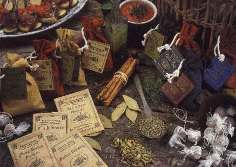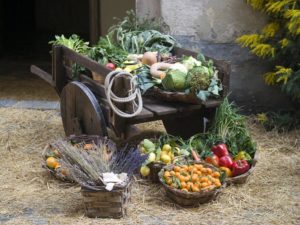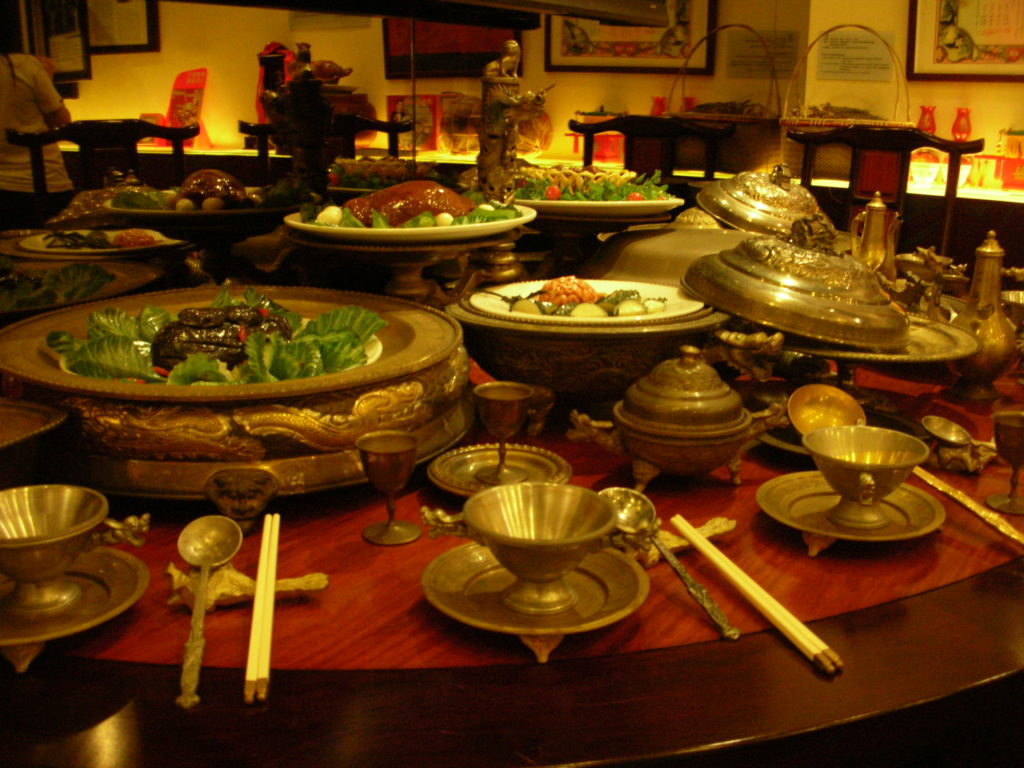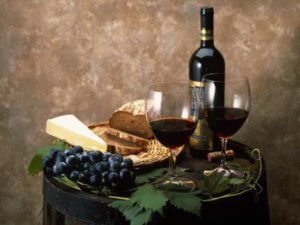Elizabethan era supper was counted as a part of the day’s main meal. The entire day’s meal was divided into 3 main divisions. They were breakfast, dinner and supper. The supper was supposed to be the last meal of the day. It was consumed at around six in the evening.

The Class Demarcations Reflected In The Food Habits
Contents
The kind of supper people got to eat depended on the social position to which they belonged. Different food items were made available to the different classes. The upper-class people enjoyed good supper. The lower classes did not have that kind of privilege. They had to accept plain and simple Elizabethan supper. Stews and porridge were common dishes of the middle and the lower classes. The upper classes even got to enjoy spicy food.
What Were The Common Food Items That Were Included In The Elizabethan Era Supper?
What did the Elizabethans eat for lunch and dinner?
The people belonging to the Elizabethan era loved to have meat in their meals. The meat was the main supper item. Meat was sold in the food markets in the shape of full livestock. A variety of meat was available in the markets. The types of meat available were lamb, beef, goat, mutton, bacon, veal, and rabbit. Birds like peacocks, swans, goose and herons were also cooked and eaten as supper.
Meat was also used to make pies. Sweetmeat and mince pies made of beef became extremely popular. Very often, cakes and pies were prepared as a show of wealth. Hence, they were made more as a treat to the eyes than to the tongue.

Chicken became a part of the English food only after it was introduced by the Romans. Fish too were a part of the English supper during the Elizabethan era. Crabs and oysters were amongst their favourite.
Elizabethan Era Food
During the Elizabethan era, the supper consisted of roasted, baked, boiled, salted and fried meat. Supper was prepared in an open flame. Not only meat, several herbs and vegetables were also cooked for supper. These were roasted and ate along with bread. These food items served as an alternative supper.
Milk, cheese, butter, soups and eggs were also common and were usually eaten at breakfast. Fish was consumed by both the rich and poor people.
What did the Elizabethans eat for Breakfast?
Breakfast in the Elizabethan era mostly contained cold meat, salt fish, eggs, cheese and beans. Breakfasts were consumed by people who woke up early and that was seldom the case with the aristocrats and the Tudor nobility. They woke up late and compensated the breakfast with a hearty mid-day meal.
The working-class people, however, had to wake up early and go to work. They, therefore, could not afford to skip the first meal of the day.
What did Shakespeare eat?
Although it is difficult to determine what the bard himself preferred for supper, estimations can be made depending on his texts. Shakespeare mentioned food more than two-thousand times in his work.
Once more, meat and pies were common. During performances of Shakespeare’s plays, the upper-classes sat on the gallery watching and feasting on pies, crabs, oysters, dried figs etc.
Vegetables were considered the food of the poor and the upper-classes despised anything grown from the ground. The rich people ate minimum fresh vegetables and fruits, but consumed onions, carrots and turnips occasionally.

Food Storage and Preservation in the Elizabethan Era
Elizabethan food varied seasonally because there was no facility of freezing and storing them. Animals were usually slaughtered in autumn and preserved with salt. The layer of salt gathered from this process was then distinguished with spices and sauces.
At times, it also became necessary to soften the meat and vegetables. For this purpose, food processing was used. Roots, leaves and berries were soaked in water for several hours before it was applied to the food. The processing made the food tastier and easy to digest.
The Stillroom
The Stillroom was the place where food processing took place. Syrups and food colours using flowers were also prepared here. The Stillroom was also the site of preparing medicinal drinks and potions out of herbs.
However, most significantly, the Stillroom was used to prepare alcoholic drinks and beverages.
Elizabethan Era Desserts
The upper-class Tudors often took deserts after supper. These were made from sugar, honey and were usually very tasty. Common dessert items were cakes, pastries, sugar bread, pudding, gingerbread etc. These were also eaten as snacks.

Vegetables like carrot which were obtained from the ground were priced at a reasonable rate. These could be consumed by poor people. But other things like rape, garlic and onion were expensive food items. Only the nobles could afford them and have them for supper.

Elizabethan Drinks
People in the Elizabethan era did not care about water (usually because it was contaminated). They, therefore, preferred wine and ale to quench their thirst. The poor people could afford only ale, while the rich people drank both. The wines were usually imported, though, fruit wines were produced in England.
Ales and beer contained added flavours such as berries, long pepper etc. A sweet alcoholic drink called Mead was also available which was made using honey.

Those who travelled around the world and returned to England in the Elizabethan era brought with them several spices from the eastern part of the world. Ginger, cloves, raisins, mace, pepper, saffron and sugar were amongst these. These spices were used by the nobles in the Elizabethan era supper.
More Info On- Elizabethan Food, Meals Timings Decorations, Recipes During Elizabethan Era
